Main menu
Common skin conditions

NEWS
Join DermNet PRO
Read more
Quick links
Pityriasiform seborrhoeide — extra information
Pityriasiform seborrhoeide
Author: Dr Amanda Oakley, Dermatologist, Hamilton, New Zealand, May 2014.
What is pityriasiform seborrhoeide?
Pityriasiform seborrhoeide is an unusual variant of seborrhoeic dermatitis. Seborrhoeic dermatitis is a common flaky skin form of dermatitis that mainly affects scalp and skin folds around the ears and face. Pityriasiform seborrhoeide is more widespread and inflammatory than usual seborrhoeic dermatitis.
What are the features of pityriasiform seborrhoeide?
Pityriasiform seborrhoeide is characterised by:
- Generalised light pink scaly rash, similar on both sides of the body
- In darker skins, patches may be pigmented
- Tends to be most severe on scalp, ears, face, neck, trunk but may spread to limbs
- Lesions form poorly-defined oval flaky patches
- May become eczematised, with weeping or oozing areas
- Chronic eczematised areas may become lichenified (thickened, with increased skin markings)
- Itch can be absent, minimal or severe (if eczematised)
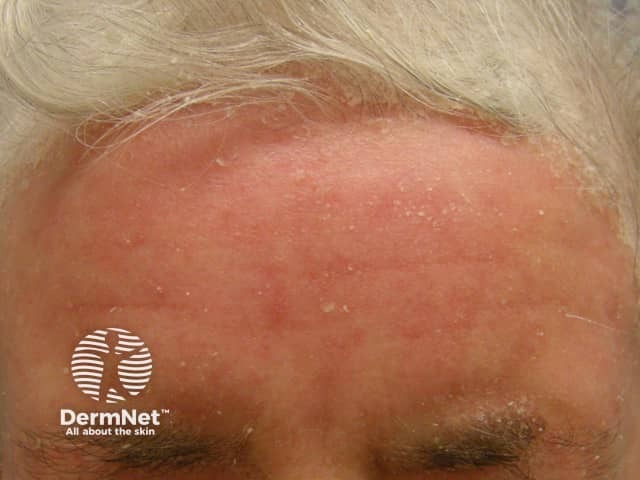
Pityriasiform seborrhoeide
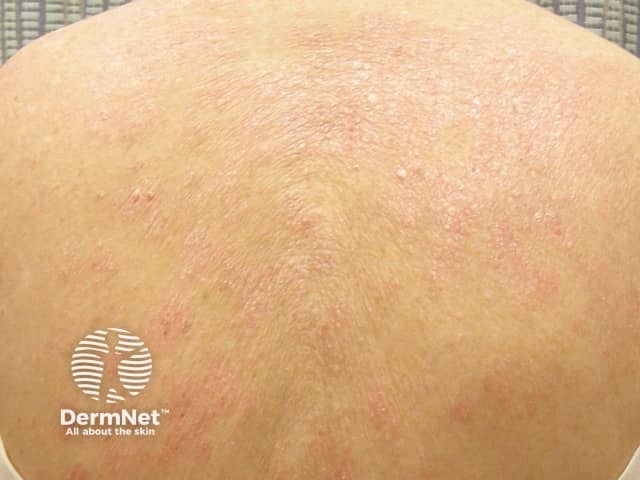
Pityriasiform seborrhoeide
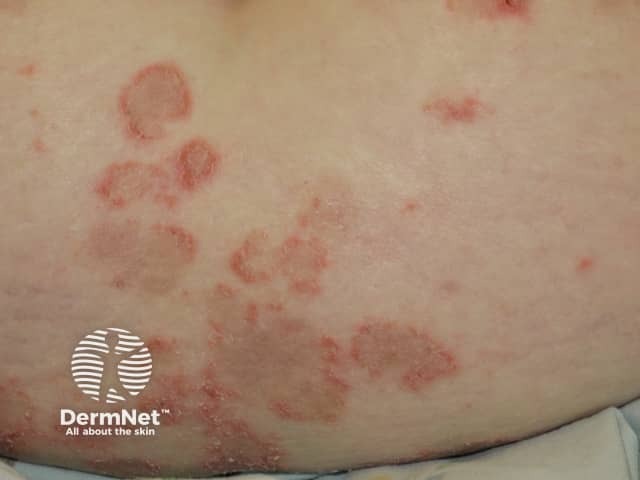
Pityriasiform seborrhoeide
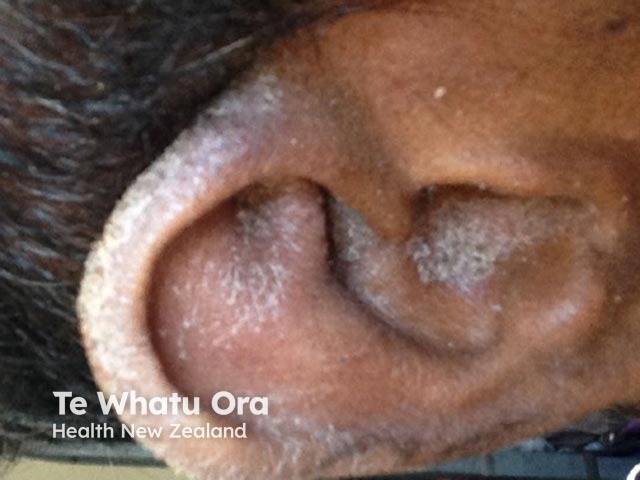
Pityriasiform seborrhoeide
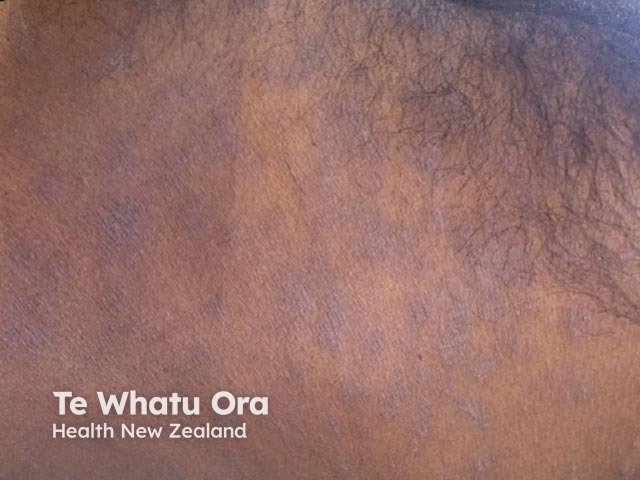
Pityriasiform seborrhoeide
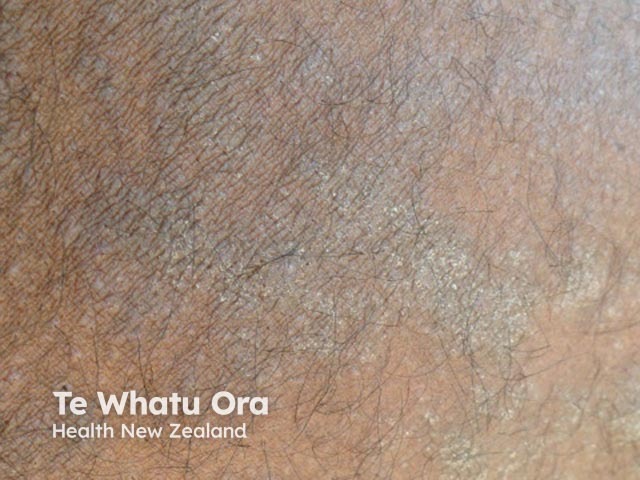
Pityriasiform seborrhoeide
What causes pityriasiform seborrhoeide?
Pityriasiform seborrhoeide is thought to be a hypersensitivity dermatitis related to the presence of common Malassezia yeasts on the skin surface.
It is not infectious, and generally does not recur once it has been effectively treated.
How is pityriasiform seborrhoeide diagnosed?
Diagnosis is usually made by the clinical appearance and by the exclusion of other similar skin conditions such as psoriasis (circumscribed red scaly plaques), pityriasis rosea (herald patch, fir-tree distribution, not affecting scalp or ears) or pityriasis versicolor (less flaky, tends to involve central trunk).
Skin swabs for bacterial culture may be taken if there are oozing areas, as these are often related to Staphylococcus aureus. Skin scrapings for mycology may show yeast forms, but may also be negative, as the hypersensitivity reaction can eliminate them.
How is pityriasiform seborrhoeide treated?
Pityriasiform seborrhoeide can be treated topically using a combination of:
- Azole antifungal creams or shampoos
- Mild to moderate topical steroids
- Avoidance of irritants: use a non-soap cleanser
Emollients are in general unhelpful and may even aggravate the rash.
If pityriasiform seborrhoeide is extensive or not responding to topical therapy, oral treatment may be necessary.
- Oral azole antifungal, such as itraconazole, for a short course or intermittently
- Systemic corticosteroids, such as prednisone, for a short course
- Antibiotics, for secondary bacterial infection
References
- Eds. Champion RH, Burton JL, Ebling FJG. Rook Textbook of Dermatology. 5th Edn 1992. Seborrhoeic dermatitis, pp 548–9.
On DermNet
